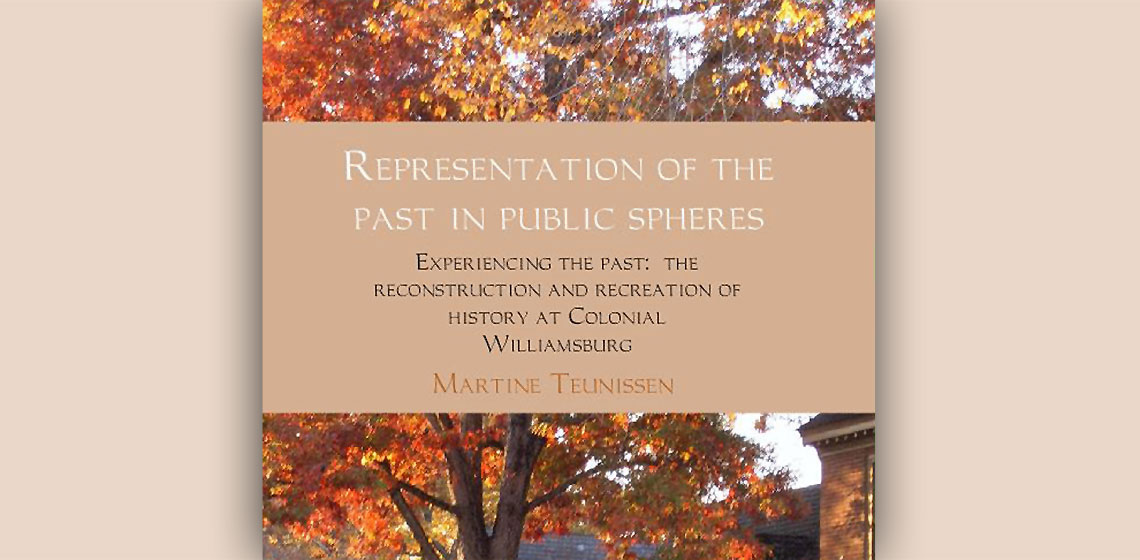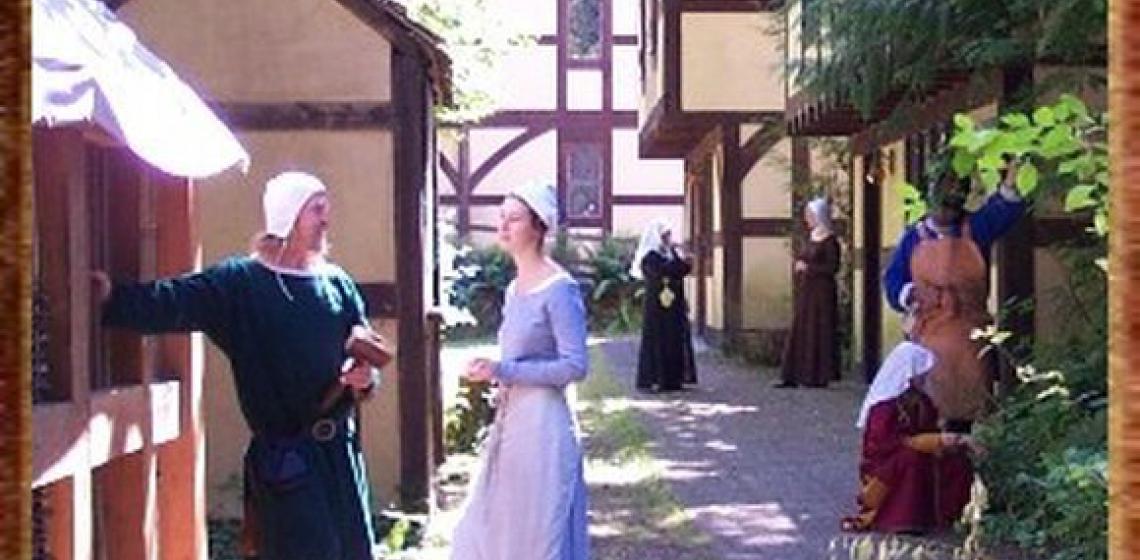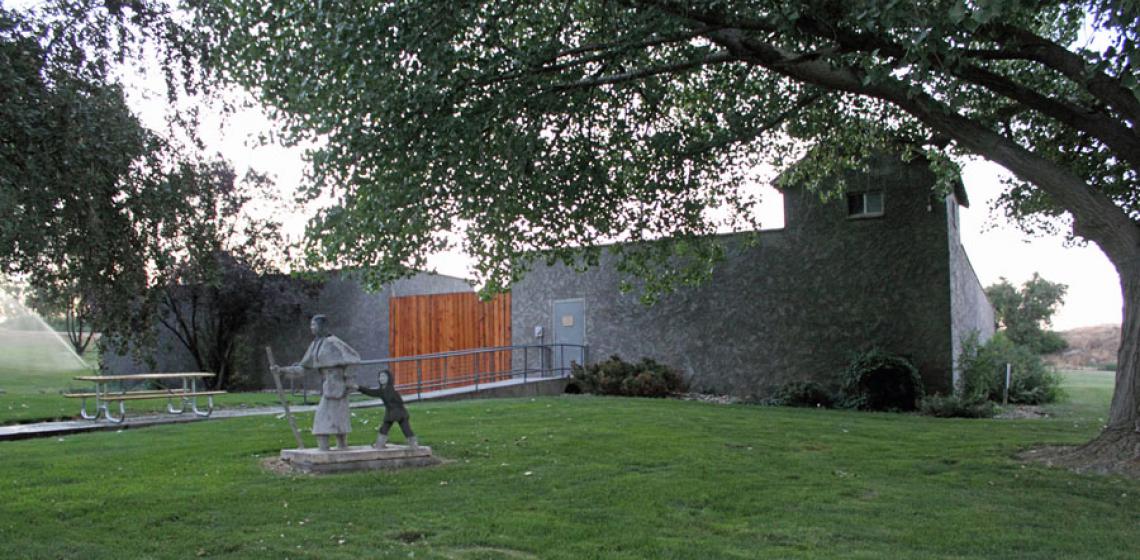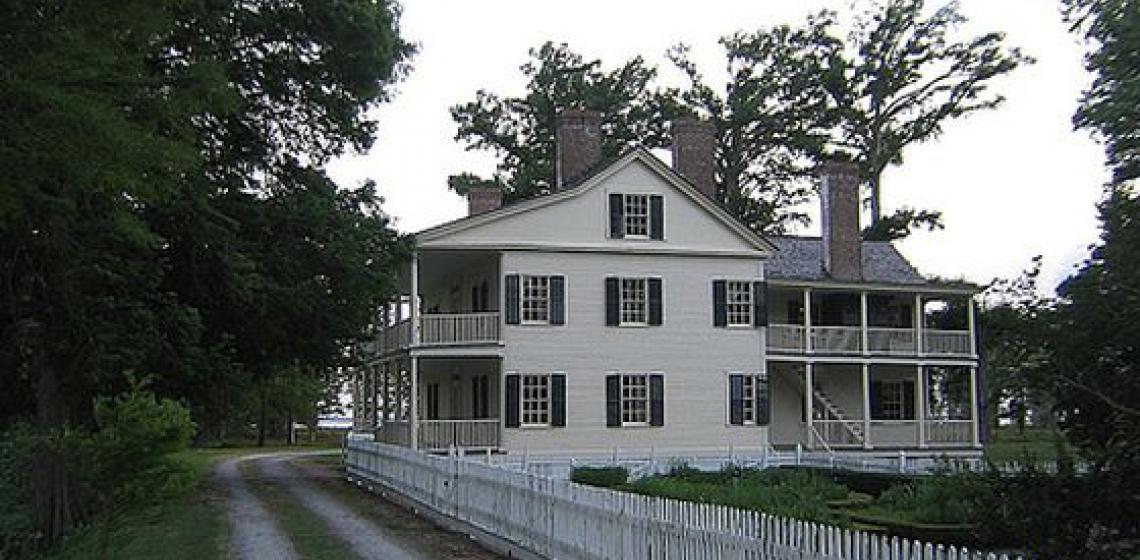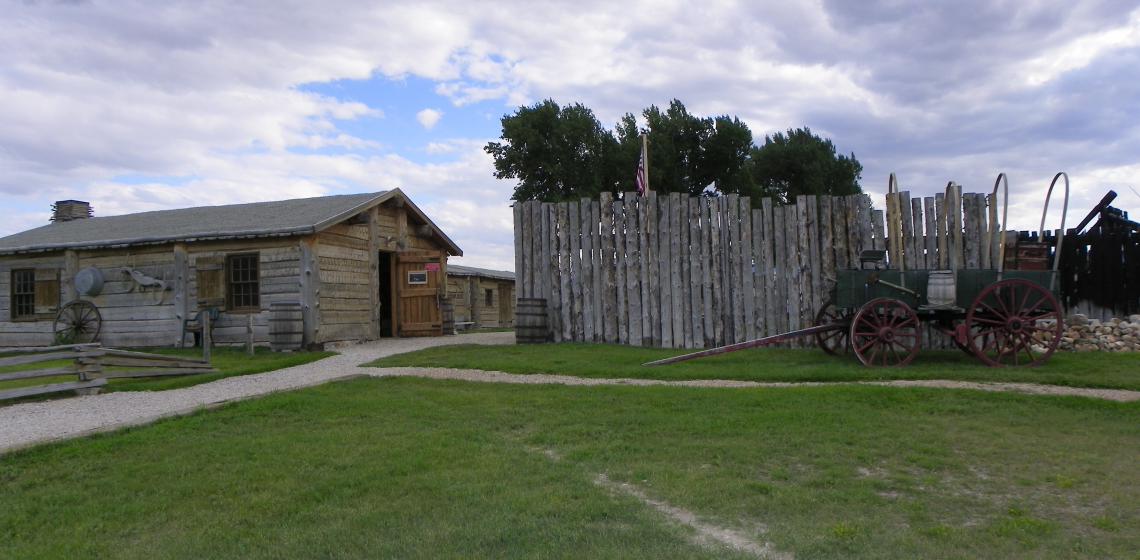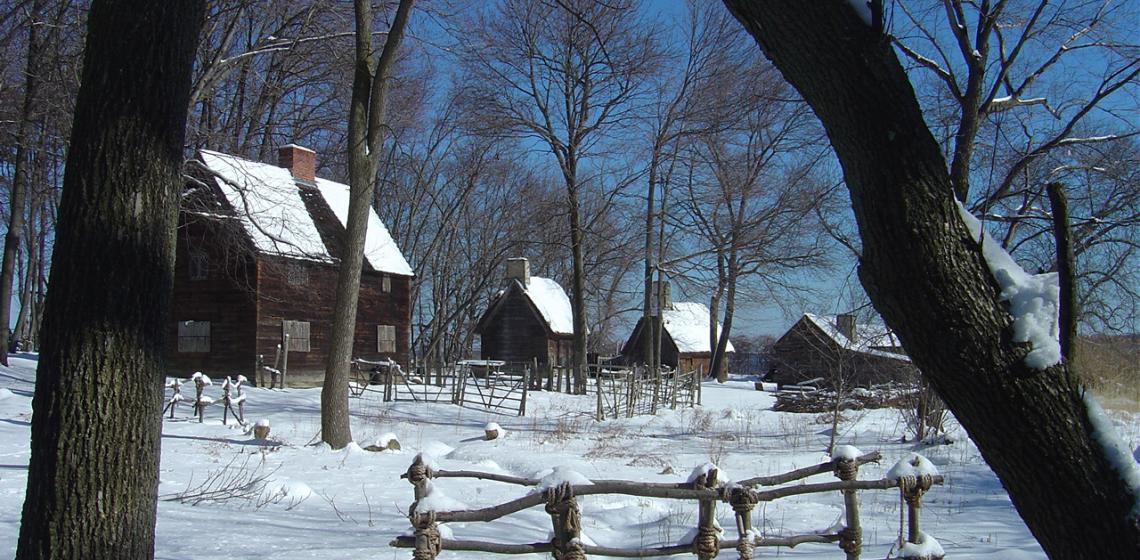USA
Barbara Klessig MA cand. PhD
I teach experimental archaeology in the Anthropology department at Humboldt State University, California. The labs and classes provide student insight into past technologies, helping them recognize the tools and evidence in the field.
Museum Village (US)
Museum Village is a unique and inviting open-air historical museum which offers visitors the opportunity to explore vignettes of 19th century American life. Using a large collection of eclectic artefacts, the museum provides hands-on educational experiences and exhibits that illustrate the transition from a rural to an industrial culture and economy in America.
While visiting the exhibit buildings now at Museum Village, you can shop in a 130-year-old general store, see a real Mastodon skeleton, make a candle, step inside a 200-year-old log cabin, sit in a one-room schoolhouse, and watch a broom being made. All that and be home in time for dinner!
Camlann Medieval Village (US)
Camlann Medieval Village, a living history museum project portraying rural England in the year 1376, is dedicated to offering the public powerful personal experiences of history, including multiple learning and performing arts opportunities, built upon research of rural communities in 14th century England, to provide a deeper understanding of the relationship between those historical events and western society today.
The village is open each weekend from May to the end of September. Village Demonstrations vary each day, and may include archery, blacksmithing, textile production, animal care, artwork, gardening, candle making, hearth cooking, shoemaking, spinning, weaving, clothing design, and other household skills. Presentations provide an in-depth focus on these village activities with the opportunity to interact with knowledgeable villagers, who portray medieval people, discussing their work, their life in the 14th century, and perhaps some village gossip.
Fort Boise Replica & Museum (US)
First explorations in the area around what now is Parma for a suitable location for a fur trading post took already place in 1811. In the next decade, several attempts to set up an outpost failed because of hostile natives.
In the fall of 1834, Thomas McKay, a veteran leader of the annual Hudson's Bay Company (HBC) Snake Country brigades, built Fort Boise as competition for nearby Fort Hall further east on the Snake River. Although Fort Boise may technically have been built as a private venture of Thomas McKay, it was fully backed and supported by the Hudson Bay Company who took over in 1836. From 1836-1837 onward, Old Fort Boise became an important supply post along the Oregon Trail. The post was a major stop for the wagon trains crossing the Snake River into Oregon.
Wade House (US)
In 1844, Sylvanus Wade moved his family to the Greenbush area, where he purchased several hundred acres of land with the intent of building a town. A three-story wooden Greek Revival house was built between 1848 and 1851.
Today it is listed on the National Register of Historic Places, is part of the Wade House Historic Site, a historical museum operated by the Wisconsin Historical Society. Live historic interpreters, wearing period-style clothing, populate the park during summer operations.
Tannenbaum Historic Park (US)
When the British army of Lord Charles, Earl Cornwallis, moved into action at the Battle of Guilford Courthouse in 1781, it formed its lines on the farm of Joseph Hoskins. Part of his lands are now preserved at Tannebaum Historic Park in Greensboro, North Carolina.
Today, Tannenbaum Historic Park (also known as the Hoskins House Historic District) preserves a remnant of the 150-acre farmstead of Joseph Hoskins. Outside the museum facility, a short paved pathway leads to the restored Hoskins Farm complex.
Somerset Place (US)
Somerset Place is a representative state historic site offering a comprehensive and realistic view of 19th-century life on a large North Carolina plantation. The plantation was in use for 80 years (1785-1865). By the mid-19th century, the plantation counted over 50 buildings.
With the end of the plantation system, Somerset Place plantation passed into history. The owners eventually sold and left the property.
The present-day historic site includes 31 acres, seven original 19th-century buildings. With the goal of accurately representing the lives and lifestyles of the plantation's entire antebellum community, the Department of Cultural Resources has acquired the reconstructed Overseer's House and reconstructed representative one-room and four-room homes where enslaved families once lived, along with the plantation hospital.
Fort Seminoe (US)
In 1852, Charles "Seminoe" Lajuenesse established a trading post on the Oregon Trail near Muddy Gap and Devil's Gate in Natrona County. The fort was abandonded in fall 1855.
The Mormons used this post as a place of refuge in 1856 while they were caught in an early blizzard at Horse Creek, located to the east of Independence Rock. This was in November 1856. The fort’s roofs provided shelter for some, and wood from collapsed buildings helped warm many others. But the small trading post was not big enough to support 500 people through a single winter storm. An unknown number of people died in the storm, most of the others reached Salt Lake City by the end of November.
Salem Pioneer Village (US)
Built in 1930 to mark the tercentennial of Massachusetts, Pioneer Village is America's first living history museum. The village sits on three acres of land and contains various examples of colonial architecture: dugouts, wigwams, thatched roof cottages, and the Governor's Faire House. Culinary and medicinal gardens and a blacksmith shop further interpret early 17th-century colonial life.
Pioneer Village is nestled between the woods and the ocean, a ten minute drive from downtown, in Salem's Forest River Park. The complex featured various types of early colonial dwellings including dugouts, wigwams, and thatched roof cottages. The centrepiece of the village was a recreation of the "fayre house" that had been built for Governor John Endicott after his arrival in 1628. Pioneer Village remained a popular tourist destination well into the 1950's.

